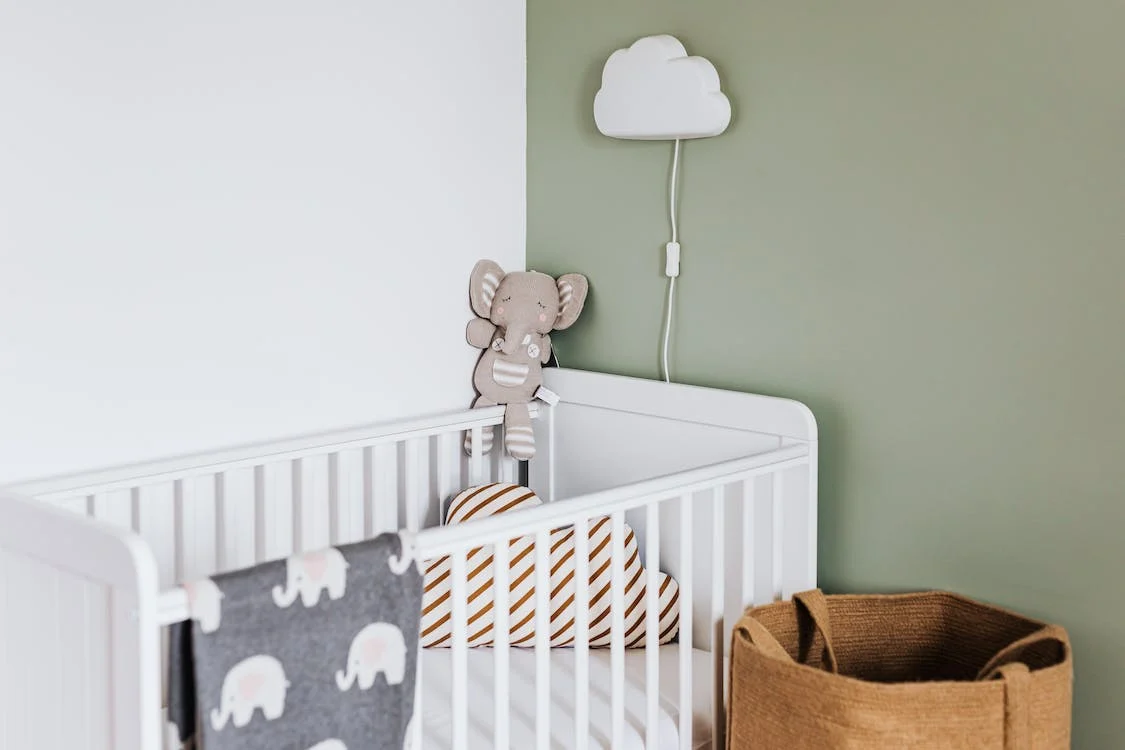As new parents navigate the process of setting up a nurturing environment for their newborns, the safety and comfort of their little ones remain paramount. However, an increasing number of consumers are also prioritizing sustainability. This shift in mindset is dramatically influencing the baby bed industry. Manufacturers are responding by incorporating ‘green’ materials and adopting sustainable practices, recognizing the need for responsible production without compromising on safety or quality.
This informative guide delves into the burgeoning world of sustainable baby beds, discussing how eco-friendly materials and manufacturing practices are revolutionizing the industry. From understanding key sustainability concepts to examining consumer trends and industry challenges, this guide offers comprehensive insights into the greener future of baby beds.
The current state of the baby bed industry and its environmental impact
The baby bed industry, like many other sectors, has traditionally been driven by considerations of cost, comfort, and safety for newborns. Many manufacturers have used synthetic materials and processes that, while cost-effective and yielding a comfortable product, often have significant environmental impact. The production methods can involve substantial energy use, while the non-biodegradable materials used in many beds contribute to landfill waste. Additionally, the shipping and packaging processes associated with distributing these newborn baby beds globally further increase the industry’s carbon footprint.
Recent years have seen a growing awareness of these environmental impacts, leading to a shift in both consumer preferences and industry practices. The demand for sustainable, ‘green’ baby beds is increasing, and manufacturers are responding by exploring environmentally friendly materials and production methods.
Nevertheless, the industry’s environmental footprint remains considerable. The transition to sustainable practices is a complex process, influenced by factors such as regulatory standards, technological advancements, and market dynamics. While strides have been made, there is still a long way to go in reducing the environmental impact of the baby bed industry.
The benefits of sustainability in baby beds
Sustainability in the baby bed industry offers manifold benefits, extending beyond environmental advantages:
- By utilizing eco-friendly materials and manufacturing processes, the sector contributes to the conservation of natural resources and reduction of landfill waste.
- Sustainable production methods, such as energy-efficient manufacturing and minimized packaging, can significantly decrease the industry’s carbon footprint.
- These practices not only preserve the environment for future generations, but also can lead to cost savings in the long term due to efficient use of resources.
- The use of non-toxic, natural materials in the production of baby beds also brings multiple benefits:
- Many sustainable materials are hypoallergenic and free from harmful chemicals often found in traditional materials, reducing the risk of allergies and skin irritations.
- Sustainable baby beds can offer superior breathability and comfort compared to their conventional counterparts.
As awareness grows about these benefits, demand for sustainable baby beds is expected to increase, driving further innovation and development in the industry.
Conclusion
In conclusion, the shift towards sustainability in the baby bed industry signifies an important step forward in balancing the needs of consumers, the environment, and future generations. By embracing ‘green’ materials and eco-friendly manufacturing practices, the industry is not only reducing its environmental footprint, but also offering products that are safer and healthier for newborns.
This trend aligns with a broader societal shift towards responsible consumption, pushing industries to innovate and adapt to new market demands. While there remain challenges to overcome, the drive towards sustainability is promising a future where the baby bed industry thrives harmonizing with the environment.

